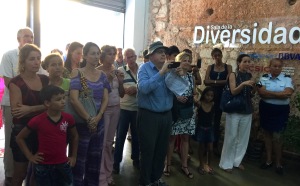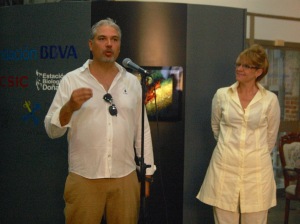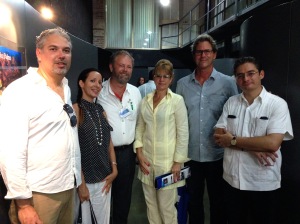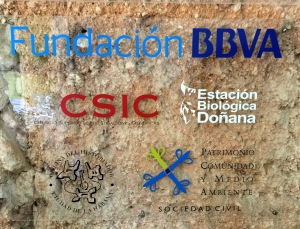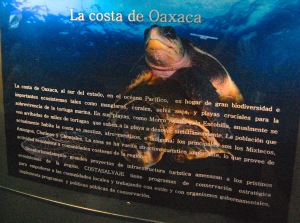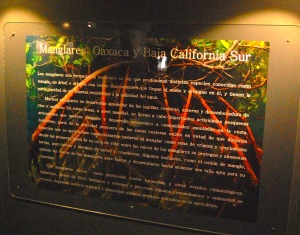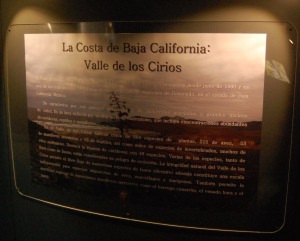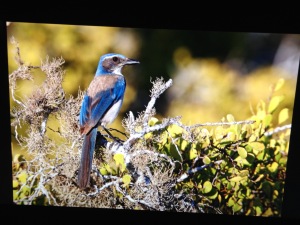Carrying out conservation programs is challenging at all levels. It requires partnerships and collaboration with government agencies and officials, the private sector and the people in communities who are in and around the ecosystems, wildlife and protected areas that WILDCOAST strives to conserve.
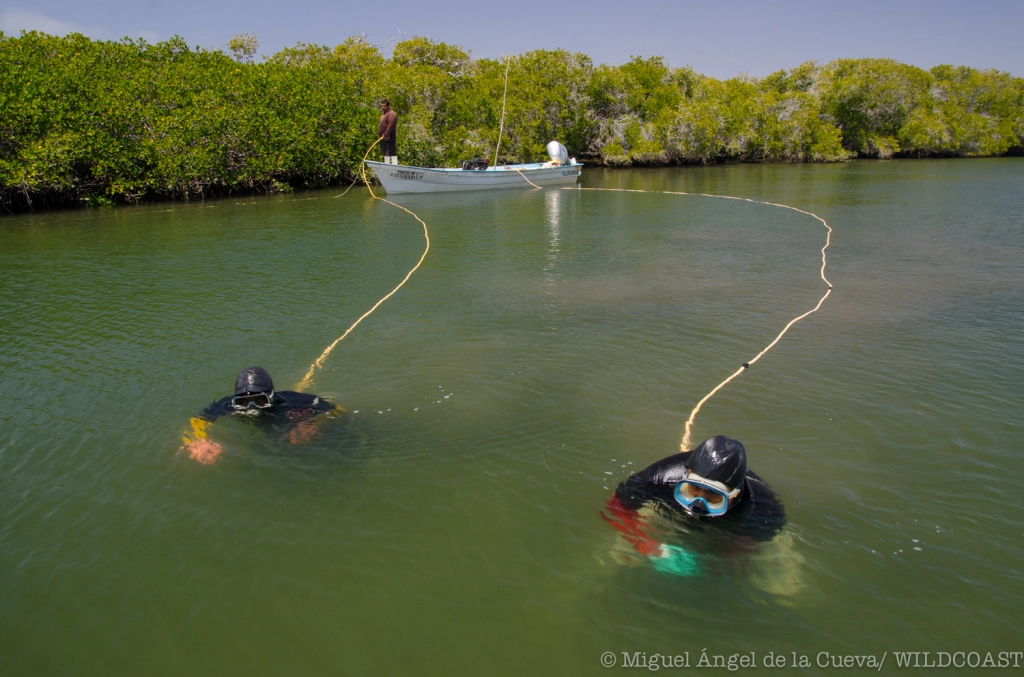
Probably the most important part of the conservation coalitions that advocate for the protection of coastal and marine ecosystems and wildlife are the diverse community members and organizations in coastal communities.
Working them is essential and rewarding to protecting our coast and ocean. But it is not an end inself. That is because WILDCOAST is not a community development organization. Our mission is to carry out coastal and marine conservation and address climate change through natural solutions.
We work with communities and local organizations because it is the right thing to do and it is the most effective way to advance conservation. There is no nature protection without community engagement, because people are part of nature everywhere WILDCOAST works.
Here are some ways that WILDCOAST is working at a community level for nature protection and especially addressing climate change.
Stewardship
One of the most important elements of conservation for WILDCOAST is the actual on site protection and management or stewardship of the protected areas we work in. To be effective, stewardship requires active local volunteers and organizations to help defend ecosystems and protected areas.
In La Paz, Baja California Sur, Mexico, Las Guardianas del Conchalito is a group of women who work with WILDCOAST, as well as Mexico’s Protected Area Commission (CONANP), to manage a mangrove reserve called ”El Conchalito.”

According to WILDCOAST’s Mangrove Conservation Manager Celeste Ortega, “These local conservationists have helped to install reserve information signs for visitors; painted murals with local artists and carried out really extensive cleanup campaigns.”

More recently the Guardianas worked with law enforcement authorities to stop the destruction of mangroves by a poacher. The women of Conchalito illustrate the power of local stewardship to protect carbon sequestering mangroves, which combat the effects of climate change and help safeguard their community.
Education
Working with local communities and especially students on education campaigns is critical in the defense of threatened ecosystems and wildlife. In the case of marine protected areas in California, WILDCOAST, carried out extensive in-field and classroom education programs about marine protected areas to reach the community at large as well as thousands of students. During the pandemic this helped to reduce the people illegally harvesting sea life from fragile tide pools in and around marine protected areas in California.
One of the ways that WILDCOAST has gone deeper into the education side of things is to recognize the need for additional leadership to help advocate for our coastal areas. That is why we developed the Coastal Leaders Internship program.
“I am thrilled for the opportunity to continue to work with our local Indigenous students and communities as well as to work for an organization that acknowledges Indigenous land and stewardship practices,” said WILDCOAST’s Jules Jackson. “The Coastal Leaders Internship is an innovative leadership program that provides a teaching platform for both Indigenous Traditional Ecological Knowledge and modern-day environmental conservation, thus enabling students the unique platform to develop their scientific understanding in a way which aligns with their culture and values while providing a pathway for future employment.
Likewise, wildlife protection is impossible to carry out in rural and remote areas like southern Oaxaca without the involvement and education of local residents, especially in the indigenous coastal communities that help to protect nesting sea turtles.

“The Oaxacan coast is home to two of the most important beaches in the world for olive ridley nesting,” says Luis Angel Rojas Cruz of WILDCOAST. “We have educated more than 1,000 children and young people from coastal communities of Chontal and Zapotec origin on the issue of sea turtle conservation including developing outreach material in their native languages.

As a result, we have noticed that community participation in the conservation of sea turtles has generated a change of consciousness in part of its inhabitants, especially in children and young people.”
Restoration and Research Partnership for Natural Climate Solutions
Carrying out natural climate solutions programs to restore coastal wetlands in California and mangrove lagoons in Mexico, requires extensive partnerships and participation through local conservation groups, students as well as academic partnerships with research institutions such as the Scripps Institution of Oceanography and the University of Queensland in Australia.
To carry out a mangrove restoration project in Laguna San Ignacio, Baja California Sur, Mexico, “WILDCOAST partnered with local residents, especially youth and women’s groups in this remote UNESCO World Heritage Site and protected area,” said Francisco Martinez of WILDCOAST. “The mangrove project provides employment and training opportunities for local residents and helps create a natural defense system against coastal flooding in a region that is routinely hit by hurricanes.”

In California, WILDCOAST, is partnering with local conservation organizations such as the Batiquitos Lagoon Conservancy to restore wetland and riparian habitat in a state marine protected area, and involve local youth in restoration efforts as well. That way there is local buy-in for the project and local investment in supporting its success.

Volunteers at the Batiquitos Lagoon in Carlsbad, CA help plant 100 trees as part of a commitment with San Diego Gas and Electric to plant 10,000 trees in 2021.

Right: Youth groups help remove scattered and submerged trash during an annual Batiquitos Lagoon Cleanup. Left: Students help clear invasives + Arundo plant, making room for local plants to thrive and enhancing the lagoon’s overall ecosystem function. Together, we are helping strengthen the lagoon’s ecosystem services such as recreation, carbon storage, and critical wildlife habitat.
———————-
To be successful in conservation, local ecosystems and wildlife need all the friends they can get. And that means that for every conservation action taken, a robust coalition of community members and organizations is involved every step of the way. That is because conservation must be a team effort all the way. That is why WILDCOAST will continue its deep partnerships and collaborative work with local communities and vibrant organizations in order to give our coast and ocean as well as our planet a helping hand.

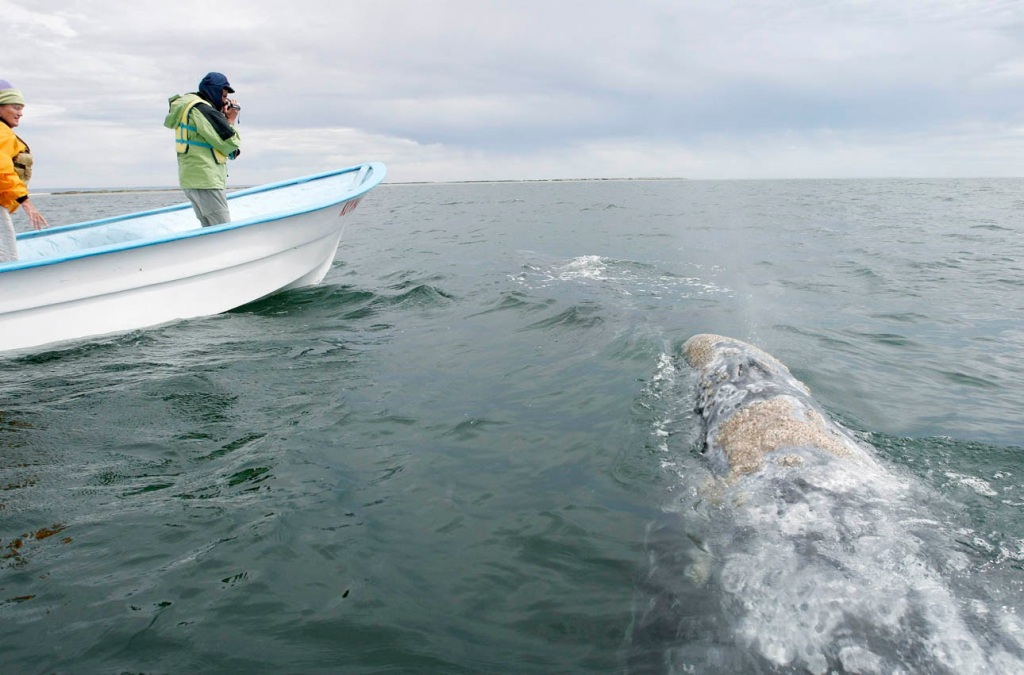







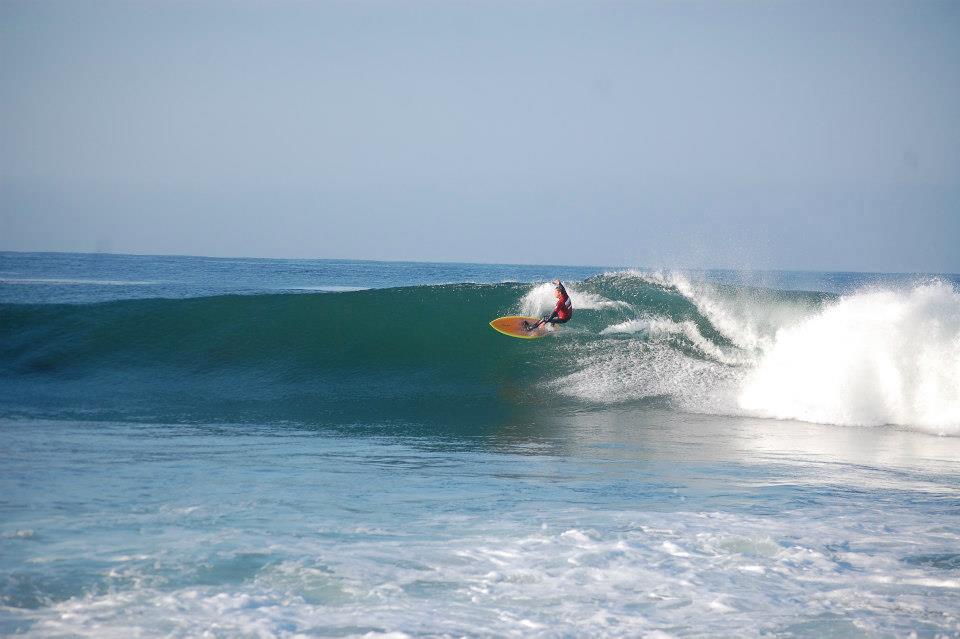









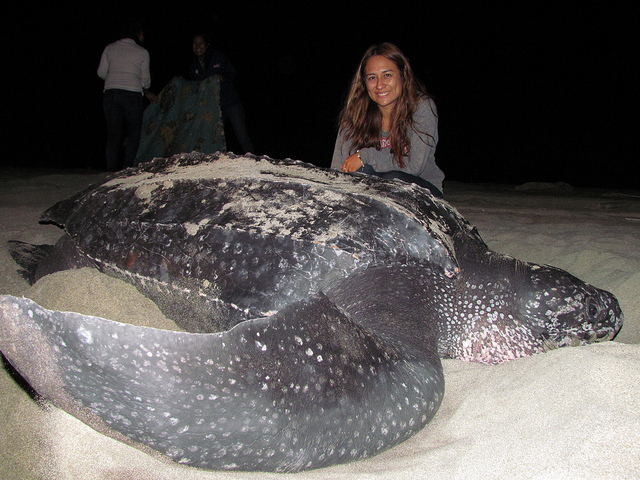





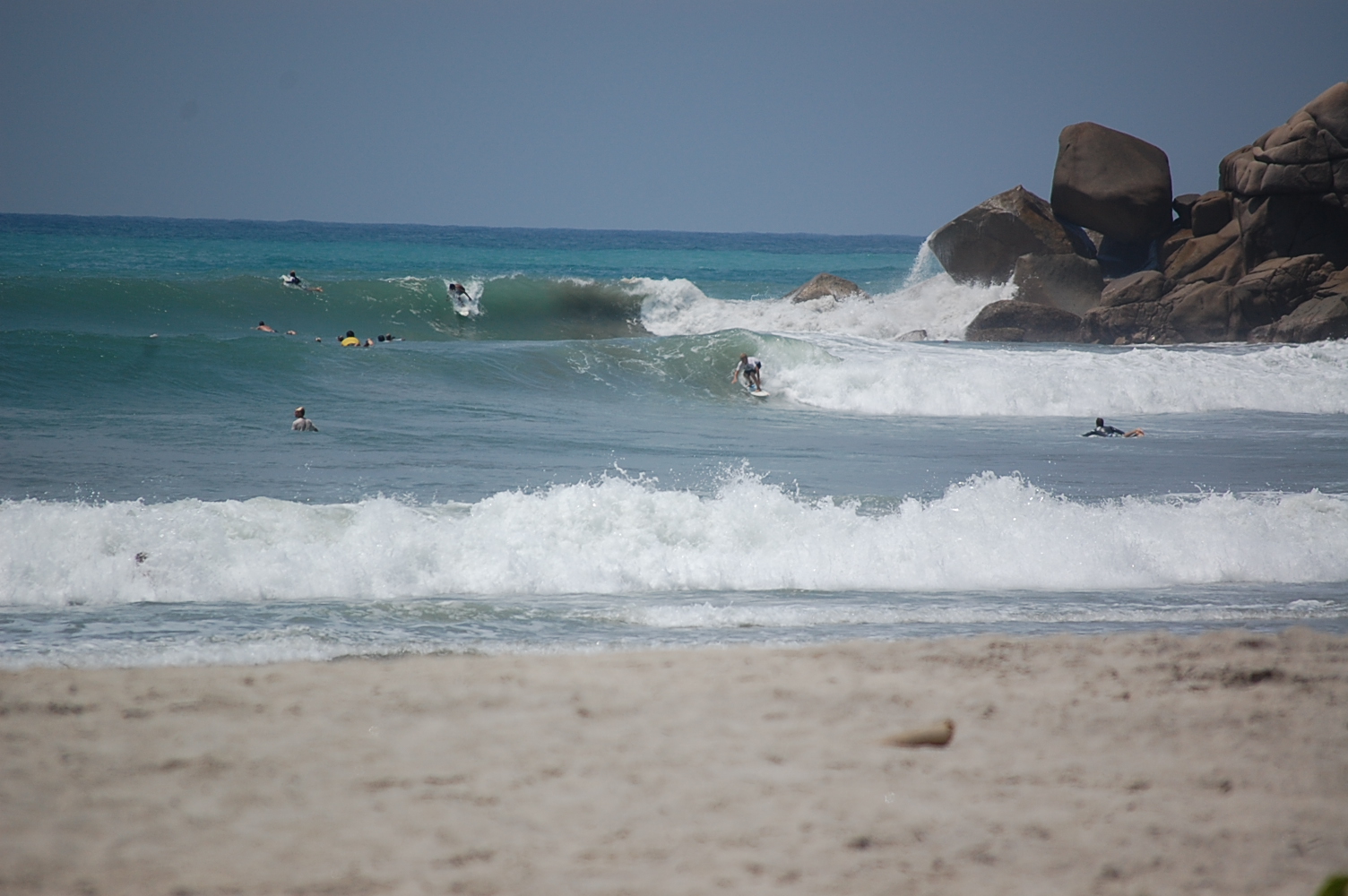

 During the nesting season, 100,000 olive ridley sea turtles can arrive at Playa Morro Ayuta in Oaxaca to lay their eggs in a single day. – CLAUDIO CONTRERAS KOOB
During the nesting season, 100,000 olive ridley sea turtles can arrive at Playa Morro Ayuta in Oaxaca to lay their eggs in a single day. – CLAUDIO CONTRERAS KOOB Birds of a feather taking advantage of their natural feeding grounds. – CLAUDIO CONTRERAS KOOB
Birds of a feather taking advantage of their natural feeding grounds. – CLAUDIO CONTRERAS KOOB The coral reefs of nearby Huatulco National Park are among the most well preserved in southern Mexico. – CLAUDIO CONTRERAS KOOB
The coral reefs of nearby Huatulco National Park are among the most well preserved in southern Mexico. – CLAUDIO CONTRERAS KOOB The watersheds and tropical forests in the mountains above Barra de la Cruz and Huatulco, Oaxaca help to store water and atmospheric carbon and are critical in the fight against climate change. – MIGUEL ANGEL DE LA CUEVA
The watersheds and tropical forests in the mountains above Barra de la Cruz and Huatulco, Oaxaca help to store water and atmospheric carbon and are critical in the fight against climate change. – MIGUEL ANGEL DE LA CUEVA








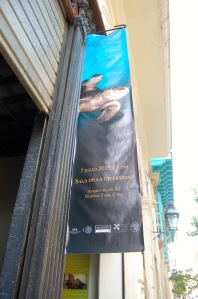

 The WILDCOAST exhibit is being showcased to the growing numbers of tourists who visit Old Havana which now officially includes Americans, due to the recent opening of relationsbetween the U.S. and Cuba. “We were very happy to work with the Mexican government to highlight the conservation successstories in Mexico to help increase awareness in Cuba about the importance of continuing to preserve globally important coral reefs. Sites like Jardines de la Reina in Cuba, like Cabo Pulmo in Mexico, are considered among the world’s most successful marine reserves. It is important to continue to collaborate internationally together to help preserve them.”
The WILDCOAST exhibit is being showcased to the growing numbers of tourists who visit Old Havana which now officially includes Americans, due to the recent opening of relationsbetween the U.S. and Cuba. “We were very happy to work with the Mexican government to highlight the conservation successstories in Mexico to help increase awareness in Cuba about the importance of continuing to preserve globally important coral reefs. Sites like Jardines de la Reina in Cuba, like Cabo Pulmo in Mexico, are considered among the world’s most successful marine reserves. It is important to continue to collaborate internationally together to help preserve them.” 